Over the past century, inventor-cum-independent scientist James Lovelock has proved a hugely influential figure, from devising extraordinarily sensitive pollutant detectors to creating the Gaia hypothesis and speculating about living with cyborgs at the end of this century.
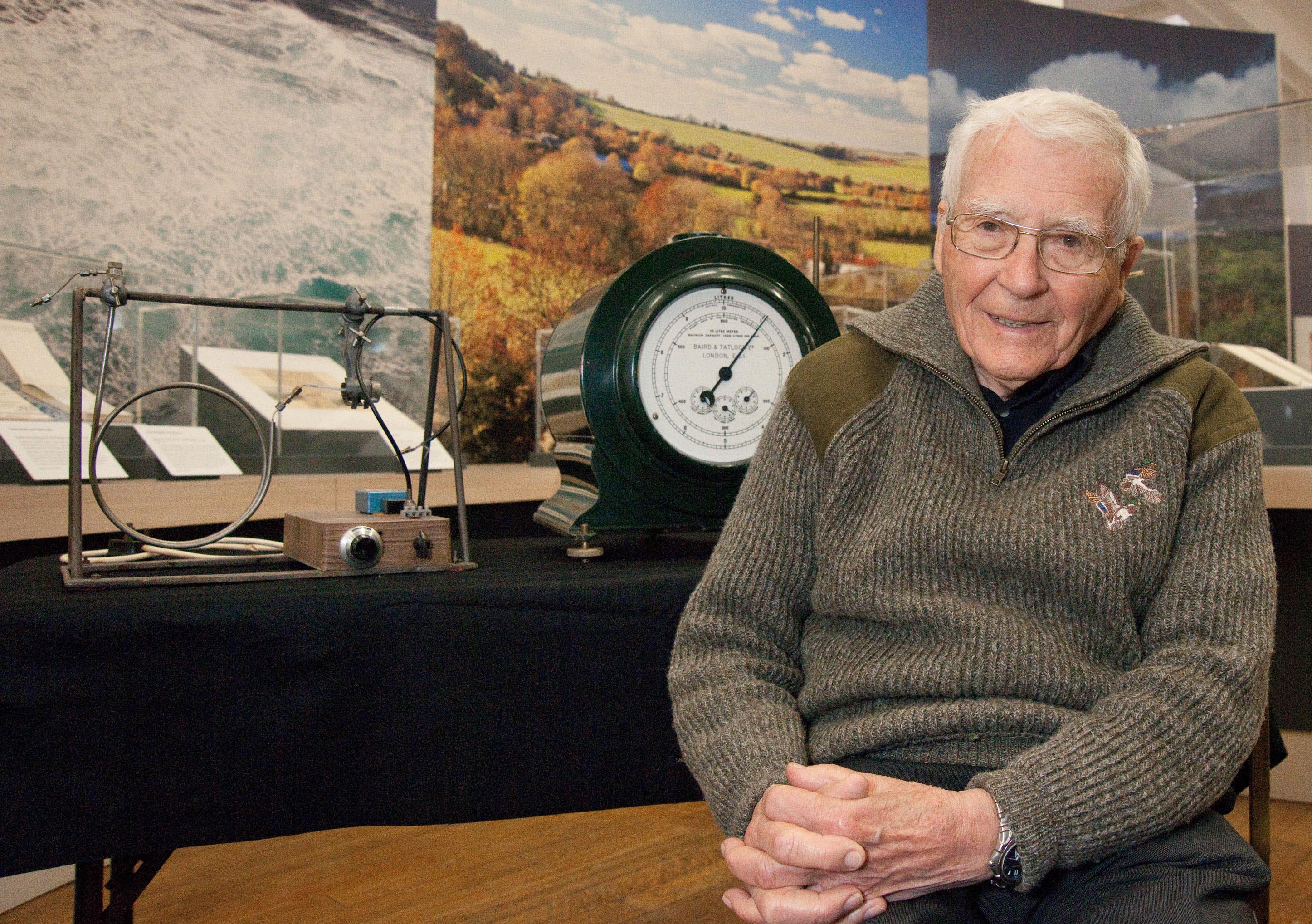
Given his range of achievements, it was a revelation when he recently told me that the most treasured moment of his life took place in the Jet Propulsion Laboratory, Pasadena. It was there that he successfully demonstrated a weight-saving invention to NASA engineers working on what would come to be known as the Viking mission – the only Mars landers specifically designed to detect life.
You can see Lovelock, in an interview to mark his 100th birthday, discuss this epiphany here or below.
In the 1960s the recently formed US space agency, NASA, began to prepare for the Viking mission and in March 1961 wrote to Lovelock in recognition of how he had developed small yet sensitive instruments that were ideal for such space missions.
His response came in the form of a weight-saving prototype instrument that could be used to analyse the composition of the Martian atmosphere. This prototype can be seen in The Art of Innovation exhibition at the Science Museum and is discussed in the accompanying BBC Radio 4 series and book by Sir Ian Blatchford, Director of the Science Museum Group, and Dr Tilly Blyth, Head of Collections.
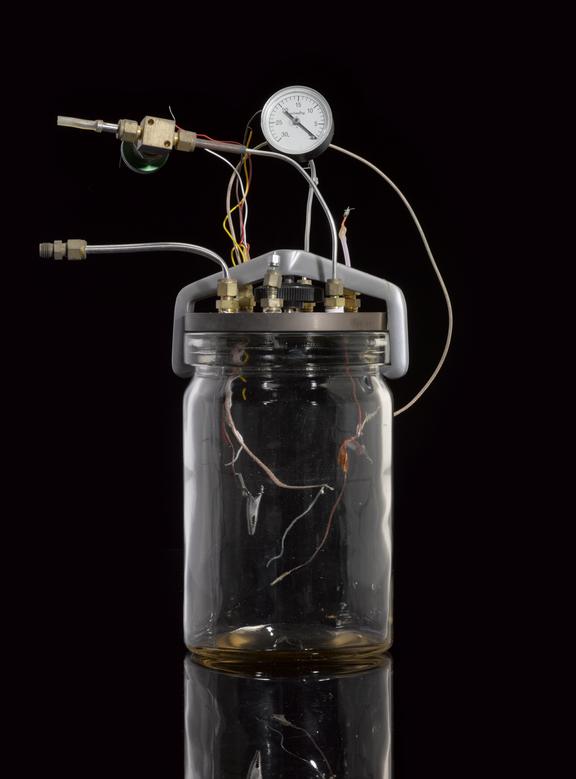
Lovelock’s prototype would prove critical for Viking’s Gas Chromatograph Mass Spectrometer experiment, where a Mars sample would be introduced into a hydrogen carrier gas and its constituents separated in a heated palladium silver alloy tube.
Constituents travelled along this tube at different speeds, before being analysed by a mass spectrometer which, as its name suggests, identifies chemical constituents by their mass.
The separation device that Lovelock fashioned in his home laboratory, then in Bowerchalke, Wiltshire, consisted of an ordinary kitchen Kilner jar and home-made lid with teflon to seal in a section of palladium silver alloy tube, along which hydrogen gas passed before it was removed via a valve on the left. The tube was heated to around 200°C to separate the different chemical components carried in the hydrogen gas, doing away with heavy pumps.
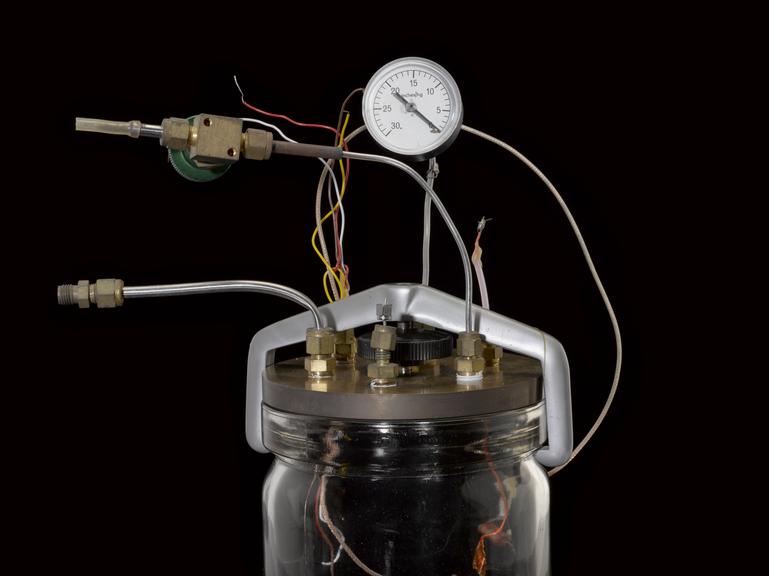
He demonstrated the device to ‘rocket scientists’ in Pasadena but at one point the flow of hydrogen stopped, and a sceptical engineer remarked that the tube must be blocked.
It turned out that the tube was not blocked, the separator did indeed work and, when Lovelock proved this, the gaggle of Nasa scientists and engineers around him ‘gave a great cheer…here’s something that really works and does magic’, Lovelock recalls in his interview.
It was while working at NASA that Lovelock began to consider whether life could be detected on a planet simply by examining the planet’s atmosphere. He realised that the atmosphere would be pushed out of equilibrium by gases produced by living processes, such as methane and oxygen.
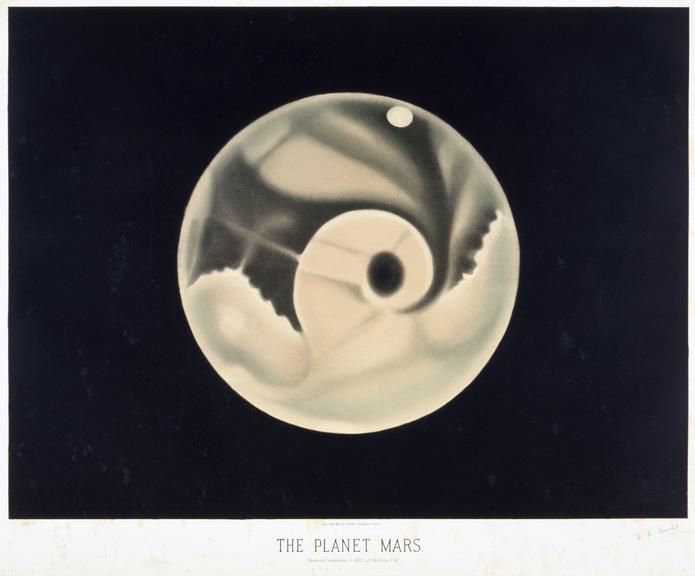
Whatever kind of biochemistry extra-terrestrial organisms turn out to be based upon, Lovelock realised that chemical equilibrium is tantamount to death and any sort of chemical disequilibrium could be regarded as a tell-tale signal of life.
This powerful idea marked a step towards Lovelock’s Gaia hypothesis – where Earth is described as a self-regulating system – which provided an intellectual framework for understanding the only planet known to harbour life.
Anyone investigating the history of the search for life on Mars might wonder why the Americans chose an almost unknown English scientist rather than a Nobel Prize-winning American, but he says it turned out his choice of the palladium separator was vital to the success of the Viking Project.
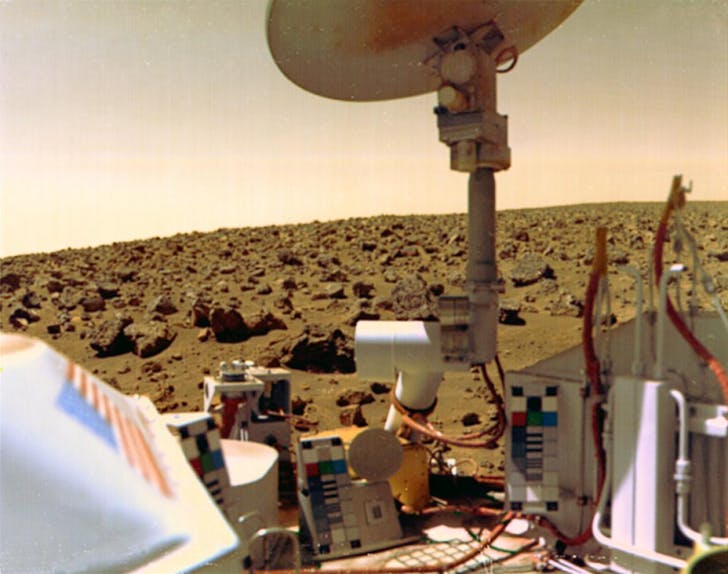
Lovelock’s work on the detector came to fruition in Pasadena in July 1976, when Viking Mars team members sat around a computer monitor, tensely awaiting the first data.
Carbon dioxide was released when organic compounds were added to Martian soil, which was thought to be a life signature. However, the instrument based on Lovelock’s work showed no evidence of life—and not only that but no evidence of organics.
Even though Lovelock remains convinced that Mars is a dead world, the Viking results have long been debated and, given the ability of microorganisms – extremophiles – to thrive in extreme environments on Earth, many scientists still believe life might have once lived on Mars and may even linger there today.
Lovelock has a long association with the Science Museum, which he first visited at the age of six and now looks after his archive. His passion for science was inspired by his childhood love of steam engines, notably the one developed by the blacksmith Thomas Newcomen and the Flying Scotsman. He once said that he found learning in the museum was far more useful than in the classroom.